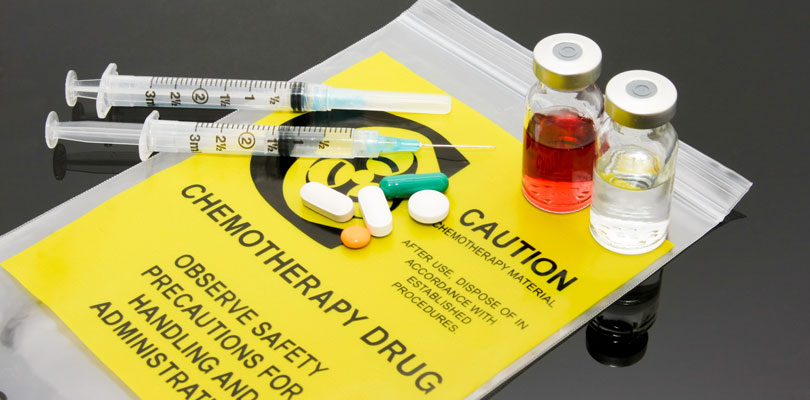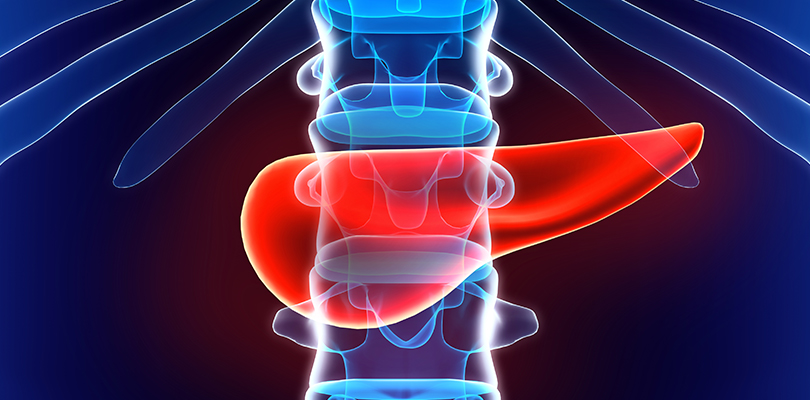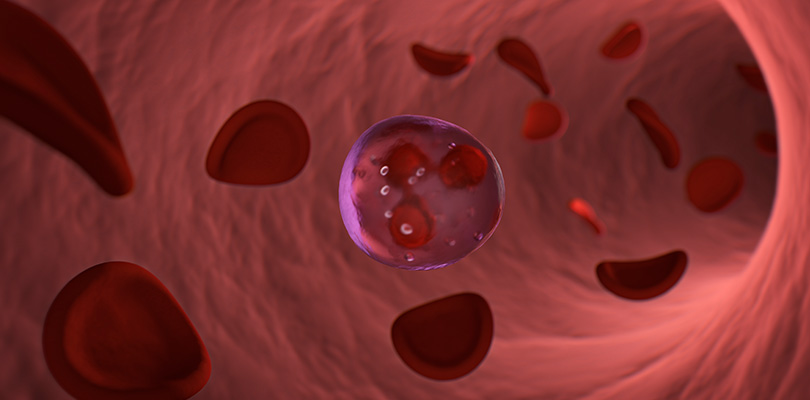Bone Marrow Transplant
Bone marrow is the spongy substance found inside some bones. It is responsible for producing stem cells which become red blood cells, white blood cells, and platelets. Bone marrow is essential for good health, and if you have a condition that affects it, you may need to have a transplant.
Here's all you need to know about bone marrow transplants, the benefits and risks, and the recovery process.
What Is a Bone Marrow Transplant?
A bone marrow transplant is used to replace diseased bone marrow with healthy tissue. The healthy bone marrow may come from a donor or the patient after the removal of damaged cells.
A bone marrow transplant is performed using a donor is known as an allogenic transplant. If the patient's own cells are used, it is known as an autologous transplant. Autologous transplants are often preferred as some of the associated risks are reduced. However, they may not be suitable for everyone.
Bone marrow transplants work in a similar way to stem cell transplants. The major difference between the two procedures is that stem cell transplants are performed using cells gathered from blood rather than bone marrow.
Who Needs to Get a Bone Marrow Transplant?
The most common reason for getting a bone marrow transplant is certain types of cancer which affect the production of blood cells. These include:
- Leukemia
- Lymphoma
- Myeloma
However, bone marrow transplants are not limited to cancer patients. Some other conditions that affect the blood and may require a transplant include:
- Severe aplastic anemia
- Sickle cell anemia
- Thalassemia
- Severe combined immunodeficiency
- Hurler syndrome
What to Expect from a Bone Marrow Transplant
A bone marrow transplant is a complex procedure and has five distinct stages:
- Testing
- Harvesting
- Conditioning
- Transplant
- Recovery
Let's look at each stage in more detail.
Testing
During the testing stage, the health of the patient is assessed using an assortment of different tests. These may include ECGs, x-rays, and blood tests. If the transplant is happening because of cancer, a biopsy may also be necessary to assess whether the cancer is active or in remission.
Harvesting
The harvesting stage involves removing the bone marrow from either the patient (for autologous transplants) or the donor (for allogenic transplants). This is usually done by inserting a thin needle into the hip and will be done under general anesthetic.
If you’ve recently been diagnosed with cancer, you want to know all your options. Take a look at the most popular cancer treatments used today.
The patient or donor will need to take medication to boost the production of stem cells for several days before harvesting. If an autologous transplant is taking place, damaged cells are separated from healthy stem cells once the bone marrow has been harvested.
Conditioning
In the conditioning stage, the patient's body is prepared for the transplant. They receive chemotherapy and/or radiotherapy to destroy their bone marrow, including any diseased cells such as cancer cells.
This stage also has the effect of lowering the patient's immunity ready to receive their new bone marrow.
Transplant
This is the stage in which the transplant itself takes place. It usually happens a couple of days after conditioning has finished. During the transplant, healthy stem cells are injected back into the patient and make their way to the bones where they should begin to create new blood cells.
Recovery
During the recovery stage, the patient remains in the hospital for one to three months until their bone marrow transplant takes effect. However, it can take as long as one to two years to recover fully. See below for a full description of the recovery process.
Bone Marrow Transplant Risks
A bone marrow transplant can be dangerous and will only be offered if the benefits outweigh the risks.
One of the most significant risks of an allogeneic bone marrow transplant is graft vs. host disease (GvHD). In GvHD, the transplanted cells begin to attack the patient's body. This happens because stem cells are covered in proteins which vary slightly from person to person.
If bone marrow is taken from a donor whose stem cells are not compatible with the patient's, GvHD is more likely to occur. The risk can be reduced by using a close family member, such as a sibling as a donor.
The symptoms of GvHD are severe and may include:
- Itchy rash
- Nausea and vomiting
- Diarrhea
- Dry mouth, eyes, and skin
- Shortness of breath
- Joint pain
- Jaundice
Most other complications following a bone marrow transplant are caused by a lack of red blood cells, white blood cells, and platelets, for example:
- Anemia
- Excessive bleeding or bruising
- Increased risk of infections
Besides this, patients may suffer from the side effects of chemotherapy, including:
- Tiredness
- Nausea and vomiting
- Hair loss
- Infertility
Bone Marrow Transplant Recovery
Once a bone marrow has successfully taken place, the recovery period begins. The patient may experience symptoms such as weakness, loss of appetite, vomiting, and diarrhea. They may initially need to be fed through a tube to ensure they get all of the nutrition they need.
During the recovery period, regular blood transfusions are necessary to top up the patient's levels of red blood cells and platelets. The patient will need to stay in a sterile room to reduce the risk of infections and may also need to take antibiotics.
If an allogeneic transplant was performed, the patient would also need to take immunosuppressants and other drugs to reduce the risk of GvHD.
Once the patient has left the hospital, they will need to continue their recovery at home. It can take up to two years to fully recover from a bone marrow transplant, but since it can be a lifesaver, it is undoubtedly worthwhile.







